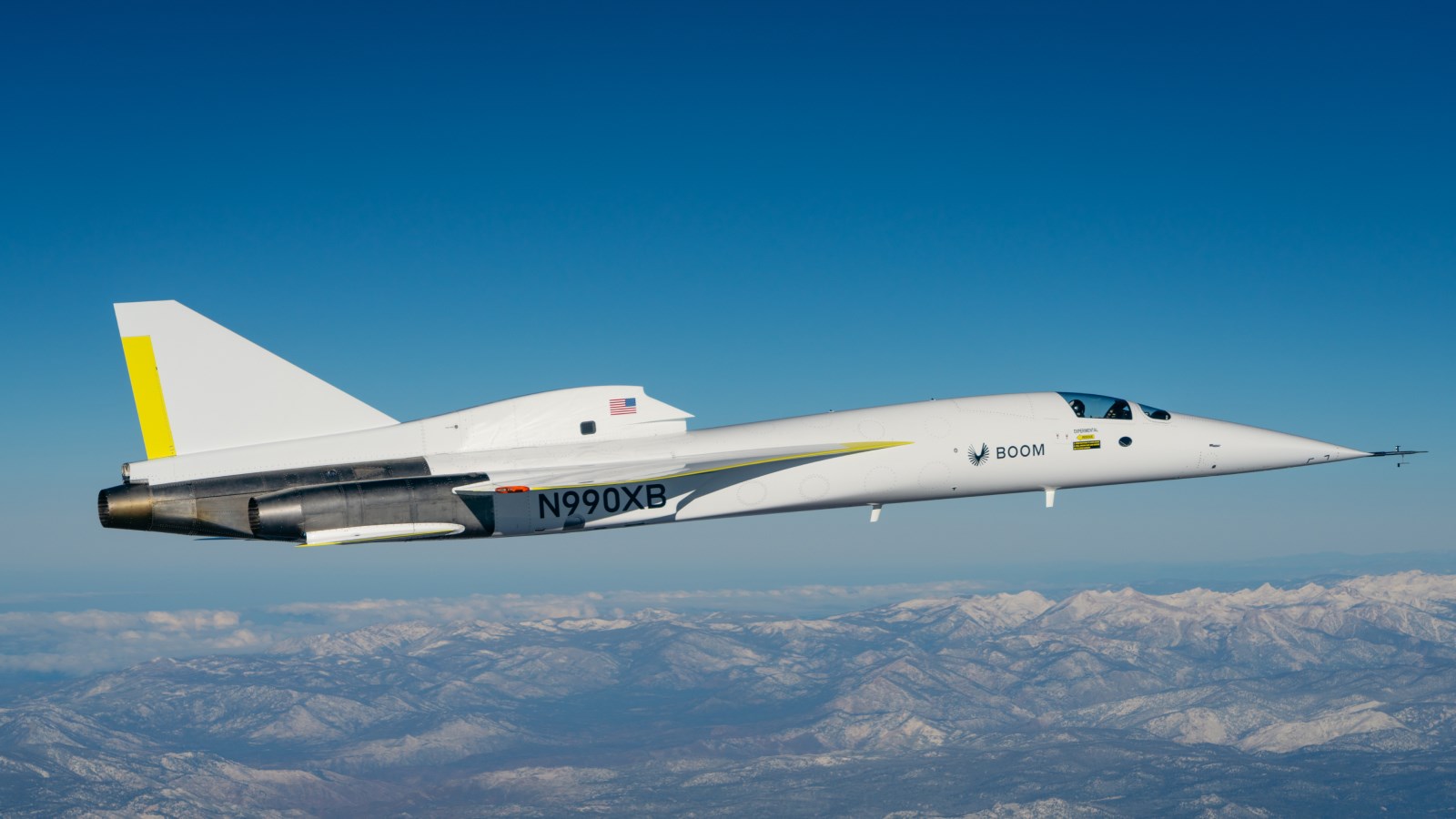 Boom aims to revive the supersonic air journey and made its first successful sound flight with the prototype supersonic aircraft XB-1. This important success represents an important step for the restart of commercial supersonic journeys.
Boom aims to revive the supersonic air journey and made its first successful sound flight with the prototype supersonic aircraft XB-1. This important success represents an important step for the restart of commercial supersonic journeys.The XB-1, which is called “Baby Boom” from the Mojave Air and Space Base in California, rose to the skies under the command of the experienced test pilot Tristan Brandenburg. On the flight, which lasted about 35 minutes, the XB-1 managed to rise three times above MACH 1 speed. This was recorded as the first flight that a commercial supersonic aircraft exceeded the speed of sound since Concorde’s retirement in 2003.
35 thousand fitte Mach 1.1 reached 1.1
In the test flight, the XB-1 reached 35,000 Fit Mach 1.1, ie a speed of approximately 1,358 km/h. Mach 1 corresponds to 1235 km/h speed with sound speed. However, with the height, the Mach 1 value varies because the sound rate changes.
A prototype of XB-1, 1: 3 scale with innovative design elements and advanced materials. With advanced engines and aerodynamic profile, the aircraft has been designed to minimize sound explosions that have long been prevented from supersonic flights on settlement areas.
Mach 1.7 is targeted with overture plane
After this historic flight, Boom Supersonic is now preparing to move to the next stages of development. The collected data will directly affect the design of the commercial supersonic passenger aircraft, which promises to move passengers at speeds exceeding MACH 1.7. Overture, which will have the capacity to carry up to 80 passengers, will use 100 percent sustainable aviation fuel (pure).
There are still major challenges in front of supersonic flights aiming to shorten long continental flights. The economy of environmental impacts, fuel efficiency and supersonic flight operations is still a big question mark. However, the success of the XB-1 is seen as an important step in this direction.